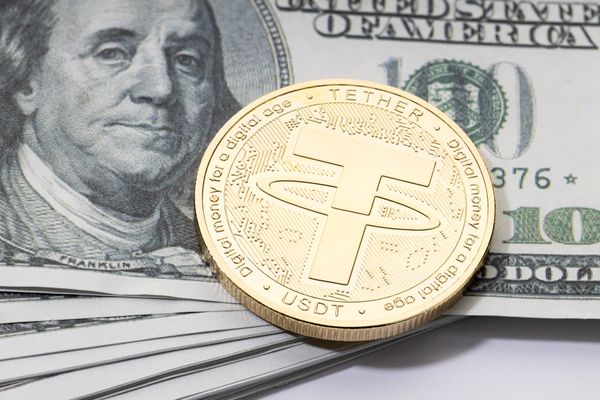A quick primer on wrapped tokens

What is a wrapped token ?
- A wrapped token is a cryptocurrency token that is created by wrapping another cryptocurrency token.
- The wrapped token is pegged 1:1 to the underlying token.
- The wrapped token typically resides in a blockchain that is different from the naive chain of the underlying token.
Examples of wrapped tokens
- wBTC is created by wrapping a Bitcoin
- wETH is created by wrapping an ETH
What is the difference between a wrapped token and a stablecoin ?
- A wrapped token is pegged 1:1 to the underlying cryptocurrency token
- A stablecoin is typically pegged 1:1 to a fiat currency
How is a token wrapped and un-wrapped?
- A token is wrapped by depositing it with a custodian and issuing a desired wrapped token
- A custodian will receive the wrapped token and un-wrap whenever needed
What is the purpose of a wrapped token ?
A wrapped token can be created for the following purposes:
- Interoperability
- Liquidity in DeFi apps
Wrapped token : Interoperability
- Wrapped tokens are created so that a cryptocurrency token that is native to one blockchain can be used on a different blockchain
- For example, Bitcoin cannot be used on the Ethereum based DeFi apps, so a wrapped Bitcoin (wBTC), an ERC-20 token is created so it can be used on ERC-20 compatible apps
- Similarly, ETH, Ethereum’s native token is not an ERC-20 token. So, wETH, an ERC-20 token is created to be used in ERC-20 based deFi apps.
Wrapped token : Liquidity
- Wrapped tokens are also used to unlock the liquidity of staked tokens.
- When a token is staked at a DeFi protocol, some protocols give a wrapped token in return for the staked token
- This wrapped token can be used for lending and yield farming
- In this case, the wrapped token provides additional earning opportunities in addition to the yield earned by the original staked token




